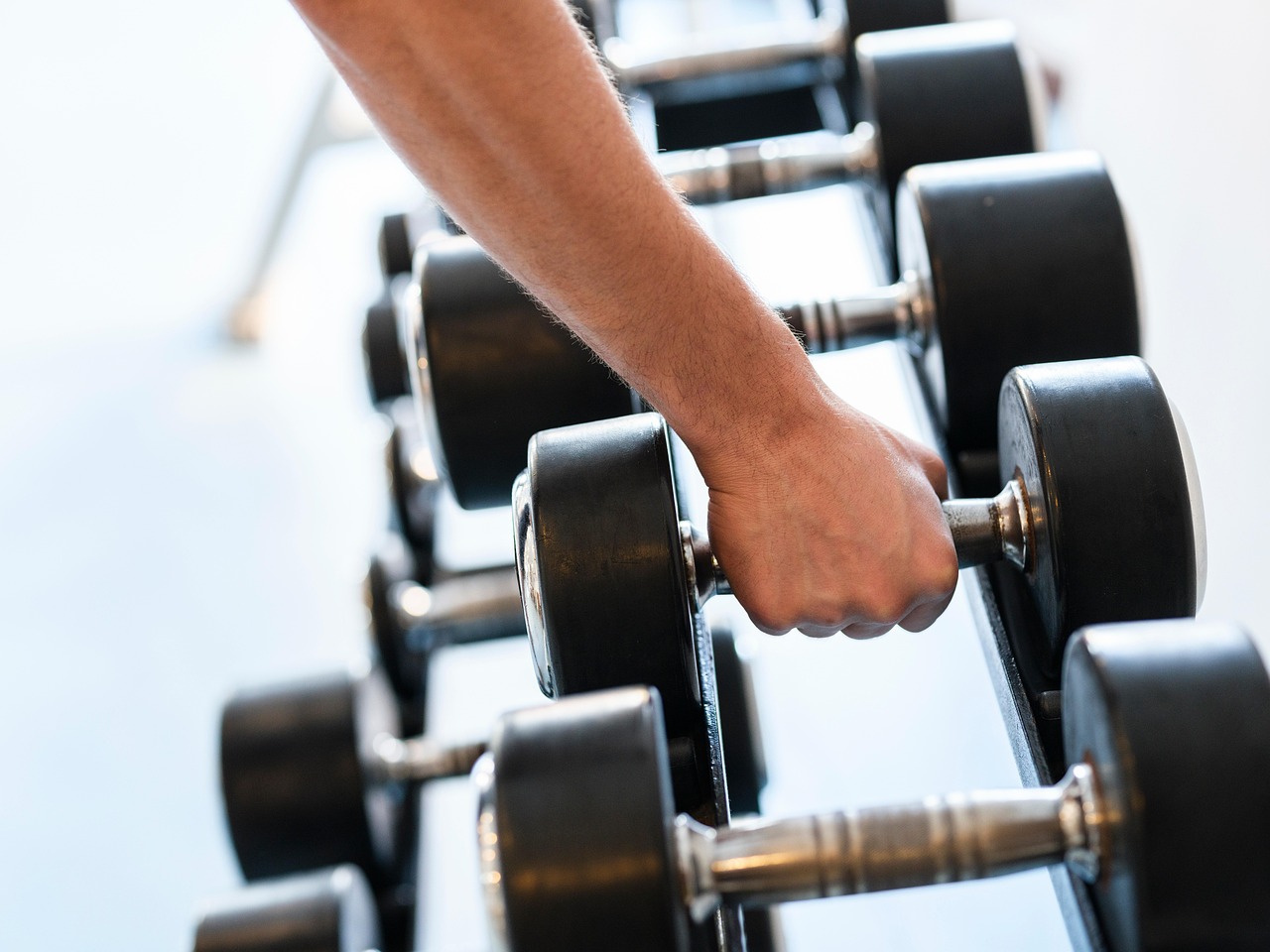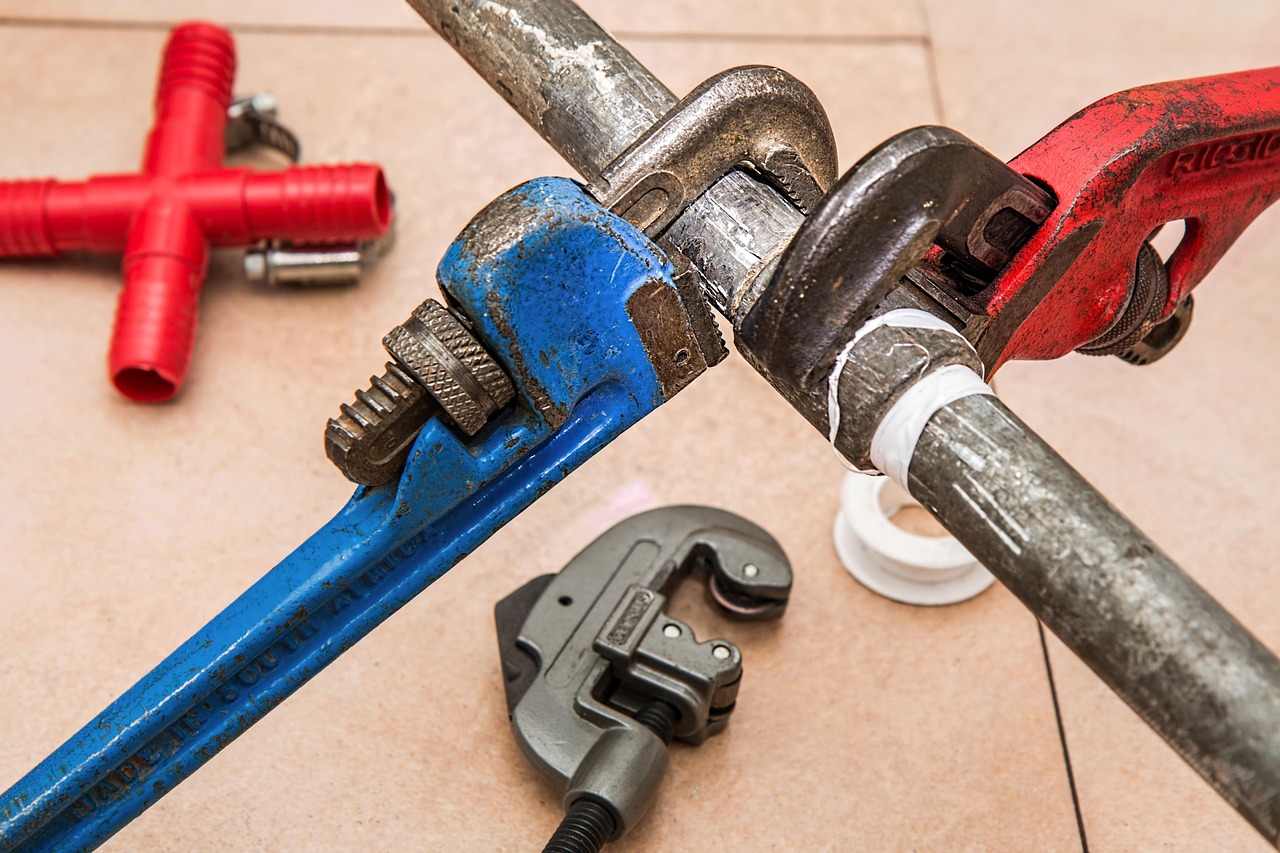Converting your garage into a home gym offers a convenient and cost-effective alternative to commercial gym memberships. With the right planning, you can transform this underutilized space into a functional workout area tailored to your fitness goals. This article guides you through selecting appropriate flooring options, choosing space-efficient equipment, and designing an effective layout for your garage home gym conversion. Whether you’re a fitness enthusiast or just beginning your wellness journey, creating a dedicated workout space at home can help maintain consistency in your exercise routine.
Why Convert Your Garage into a Home Gym
The garage represents ideal real estate for a home gym conversion for several compelling reasons. First, garages typically offer more square footage than spare bedrooms or basement areas, providing ample space for diverse exercise equipment and movement. Additionally, the concrete foundation already in place serves as a solid base for supporting heavy weights and machines. Garages also provide natural separation from your living space, allowing you to create a dedicated fitness environment without disrupting your home’s aesthetics or functionality. The garage door offers excellent ventilation options during intense workouts, while the existing electrical infrastructure simplifies the installation of fans, heaters, or entertainment systems to enhance your exercise experience.
Selecting the Best Flooring for Garage Gym
Choosing appropriate flooring is perhaps the most critical first step in your garage gym conversion. Standard concrete garage floors aren’t ideal for workout spaces as they’re hard on joints, cold, and can be damaged by dropped weights. Rubber flooring options have become the gold standard for home gyms. Interlocking rubber tiles offer excellent durability, shock absorption, and moisture resistance while being relatively easy to install as a DIY project. For more budget-conscious conversions, rolled rubber flooring provides similar benefits at a lower price point but might require professional installation for larger areas. Horse stall mats represent another popular best flooring for garage gym option, offering exceptional durability at reasonable prices, though they may have a stronger odor initially. Whatever option you choose, ensure it provides adequate cushioning, durability, and protection for both your body and the underlying concrete floor.
Essential Space-Saving Gym Equipment
When planning your garage gym layout ideas, selecting space-efficient equipment becomes paramount. Wall-mounted racks and folding squat racks offer full functionality while minimizing floor space consumption when not in use. Adjustable dumbbells eliminate the need for entire dumbbell racks by providing multiple weight options in a single compact set. Similarly, adjustable kettlebells and modular bench systems allow workout variety without overwhelming your space. Cable machines with multiple attachment options provide versatility for numerous exercises within a relatively small footprint. For cardio options, consider foldable treadmills or compact rowing machines that can be stored vertically when not in use. By prioritizing multi-functional, space-saving gym equipment, you’ll maximize workout possibilities while maintaining an open, functional environment.
Planning an Effective Garage Gym Layout
Thoughtful layout planning ensures your garage gym remains functional and motivating. Begin by measuring your available space and creating a scaled diagram, either on paper or using AskHomey for virtual layout assistance. Position your primary workout station (power rack, cable machine, etc.) against a wall rather than in the center to maximize open floor space. Designate specific zones for different workout types—strength, cardio, mobility, and recovery—to create a logical flow through your fitness routine. Consider the ceiling height when placing equipment, especially if you plan on performing overhead movements. Ensure adequate clearance around all equipment for safe movement and proper exercise form. Don’t overlook storage solutions like wall-mounted racks for resistance bands, medicine balls, and other accessories to maintain an organized space that encourages consistent use.
Additional Considerations for Your DIY Home Gym Setup
Beyond equipment and flooring, several other factors contribute to a successful garage home gym conversion. Evaluate your garage’s insulation and climate control options, as extreme temperatures can affect workout comfort and equipment longevity. Install adequate lighting with fixtures that provide even, shadow-free illumination throughout the space. Consider acoustical treatments if noise concerns exist, particularly if you plan high-impact activities or play energizing music during workouts. Wall mirrors serve both functional and motivational purposes, allowing form checks while creating the illusion of a larger space. Don’t overlook electrical needs—ensure you have sufficient outlets for equipment, fans, heaters, or entertainment systems. Finally, add personal motivational elements like progress charts, inspirational graphics, or a dedicated workout program board to maintain enthusiasm and accountability in your fitness journey.
For more tips and to connect with reliable home service professionals, follow AskHomey on Facebook and Instagram.



